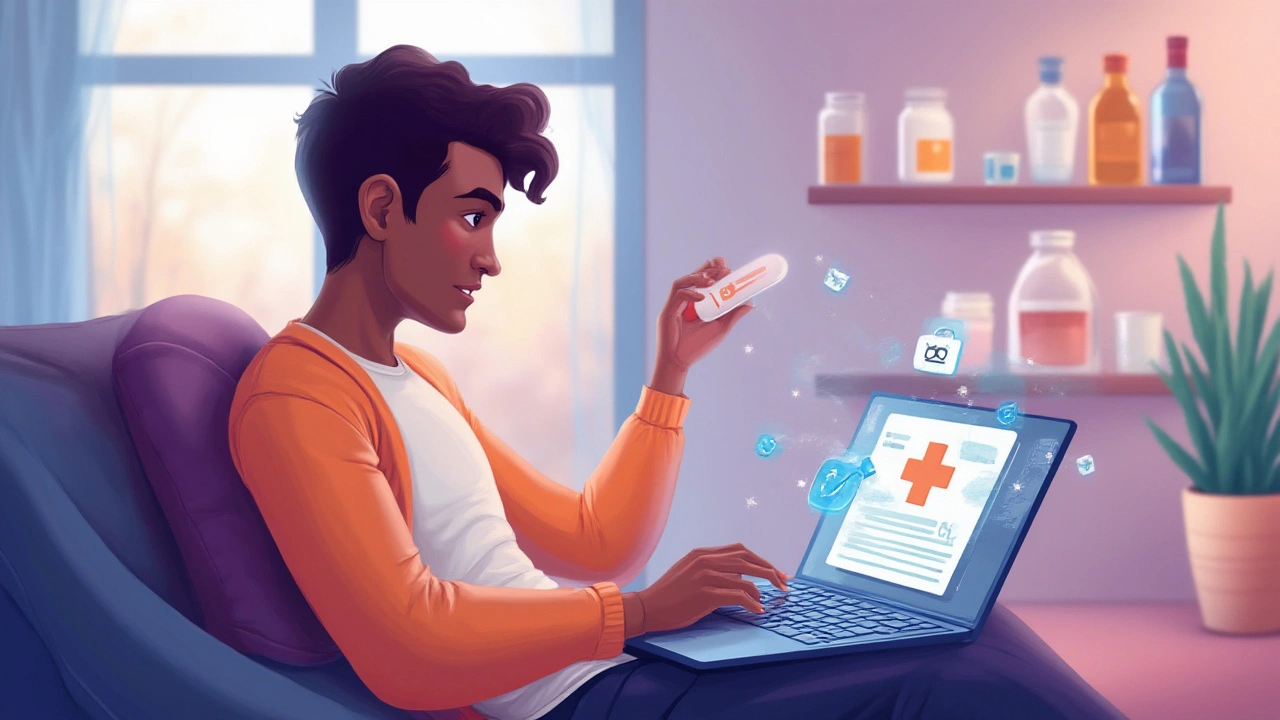Safe Online Pharmacy
Think low prices online are always a bargain? Not always. Fake pharmacies sell unsafe meds or wrong doses. You can protect yourself by checking five simple things before you order.
Quick Safety Checklist
Start by verifying the pharmacy is licensed. Look for seals from NABP, LegitScript, CIPA, or PharmacyChecker, and click the seal to confirm it links to the verifier. A legitimate site will ask for a prescription for prescription drugs and will show a physical address and phone number. Check that a licensed pharmacist is available to answer questions — real pharmacies list pharmacist contact. Make sure the site uses HTTPS and accepts secure payments; avoid sites that only take wire transfers, cryptocurrency, or gift cards.
Very low prices can mean counterfeit or expired medicine. Compare costs to a well-known local pharmacy. If the site offers huge discounts across all drugs, be suspicious. When your order arrives, inspect packaging, expiration dates, and pill markings, and patient information leaflets. If pills look different from what you expect, call the pharmacy and your doctor before taking them.
Good pharmacies list clear shipping times, tracking, and return policies. They protect your data with privacy policies and secure checkout. International shipping is not necessarily bad, but confirm the pharmacy follows safety rules in the country it ships from. Expect customs delays; avoid sites that hide where orders ship from.
Red Flags to Avoid
Any site that sells prescription-only meds without asking for a prescription is a red flag. So are sites that promise miracle cures, require weird payment methods, have broken grammar and contact info that doesn’t work, or use unfamiliar top-level domains with strange names. Also beware of multiple domain names pointing to the same checkout or inconsistent drug images and descriptions.
Search the pharmacy name plus "reviews," "scam," or "VIPPS." Use PharmacyChecker, LegitScript, or your country’s regulatory site to confirm licensing. Call the listed phone number and ask to speak with a pharmacist — wait for a professional answer. If still unsure, ask your doctor to recommend a trusted online option or use a pharmacy tied to your insurance.
Use your insurance and telemedicine safely. Where possible, use a pharmacy that accepts your insurance — that adds a layer of oversight and often better prices. For new prescriptions or complex meds, use services that require a telemedicine consult or upload a valid prescription. Check pill markings against the FDA or manufacturer images. For high-risk drugs like opioids or certain psychiatric meds, prefer local licensed pharmacies or major mail-order chains. Finally, save lot numbers and contact the pharmacy immediately if you have adverse effects — lot info helps regulators trace problems quickly.
Keep a photo of the pills and packaging, keep receipts, and report suspicious pharmacies to regulators. If something feels off, trust your gut and don't risk your health for a low price. Report scams to regulators.
